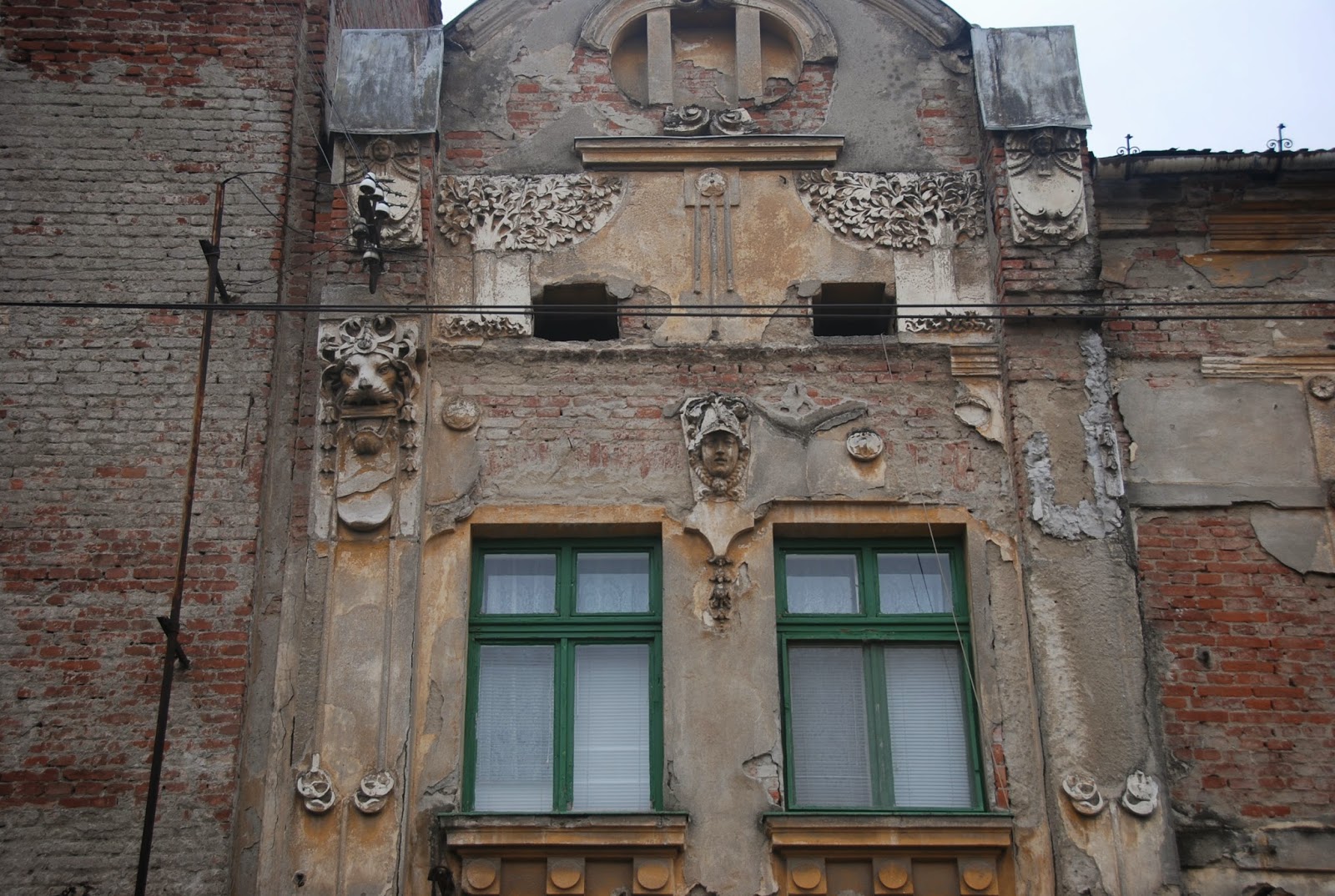 |
| Subotica, Serbia. 2014 |
How often does one discover a completely unknown (to one) literary genius?
In preparation for three months in Budapest, I have started reading (translated) novels by Hungarians and (English language) novels set in Hungary. During my foray into Central European fiction, I discovered Deszo Kosztolanyi--a modernist genius.
Kosztolanyi (1885-1936) was born Szabadka in the Austria-Hungarian Empire (now Subotica, Serbia), where he lived as a child. He moved to Budapest in 1903 and in 1906 became a journalist and poet. In the 1920s, he began to write novels and short stories. He was a prolific translator and first president of the Hungarian PEN Club. I have read three of his translated novels--
Anna Edes, Skylark, and
Kornel Esti. Each is, in its own way, remarkable. A
nna Edes is an extremely quiet book that offers a shattering portrait detailing the devastating consequences of class consciousness in inter-war Hungary.
Skylark is a lyrically tragic portrayal of wasted lives; it is also the most accessible of Kosztolanyi's novels (that I have read) and is the one I would suggest readers begin with. But it is the last,
Kornel Esti, that was for me the most thrilling--providing a new angle to modernism.
Kornel Esti is a very strange novel. It reads as a kind of James Joyce meets Sigmund Freud meets Robert Musil meets Franz Kafka meets Groucho Marx. But despite these modernist flavors, it is utterly unique.
Kornel Esti begins thus: "I had passed the midpoint of my life, when one windy day in spring, I remembered Kornel Esti." The unnamed narrator of the first sentence and Esti were born on the same day and at the same minute, and had been inseparable until the age of thirty. As a child Esti admonishes the narrator to set fires to curtains or to not wash his hands. Later in adolescence, Esti pushes the narrator into all sorts of "bad habits": dirty words, dirty books, dirty deeds. People begin sending the narrator letters asking for repayment of debts or admonishing him for improper behavior. The narrator says he paid: "Paid a lot. Not only money, I paid with my reputation too." If the narrator is the proper Budapest writer, Esti is his other or his id: the dreams, impulse, and desire that the narrator had to split from in order to become a Hungarian, liberal, bourgeois adult. But without Esti, the narrator becomes "empty and bored." "Help me," he cries to Esti. "Otherwise, I'll die."
The narrator thus proposes to Esti a Faustian bargain: that they will write together. "Make me whole again. . . What can a poet achieve without anyone? What can anyone achieve without a poet? Let us be joint authors." What follows is not a coherent life story. Rather the novels offers "what you would expect from a poet: fragments." These fragments differ in their style and construction: some are quasi-realistic stories; others are filled with the fantastic and with Swiftian irony; still others resemble Beckett's existentialist dramas.
Reading
Kornel Esti was like being reawakened to the thrills of modernism: the radical style and structure of the text, the fantastic analysis of the unconscious. But it was also something completely new, because it takes place within a set of cultural assumptions that are not only European but also distinctly Hungarian. I wish I could read it in its own language.
Until I started reading for my trip to Budapest, I had never heard of Dezso Kosztolanyi (or so many other great Hungarian novelists). That was a loss. Because two years ago I had visted the town Kosztalanzi was born in and where he set
Skylark. I had gone there to look at the Komor and Jakab synagogue and all the other wonderful buildings in Szabadka/Subotica. But had I known, I would have seen that city so differently. I would have seen the streets and the buildings Kosztolanyi inhabited and that he transformed in his work.












.JPG)


.JPG)



.JPG)



































